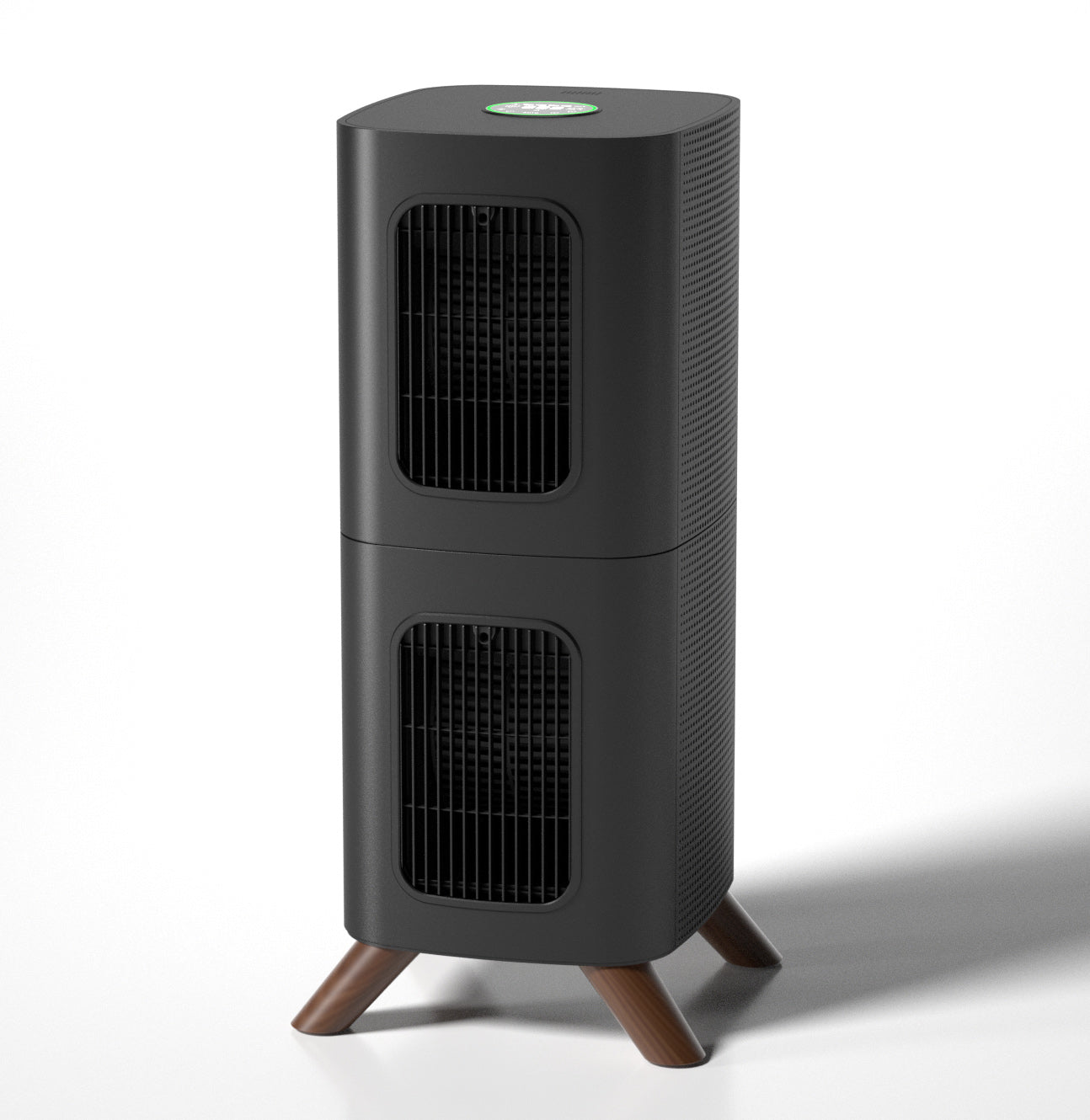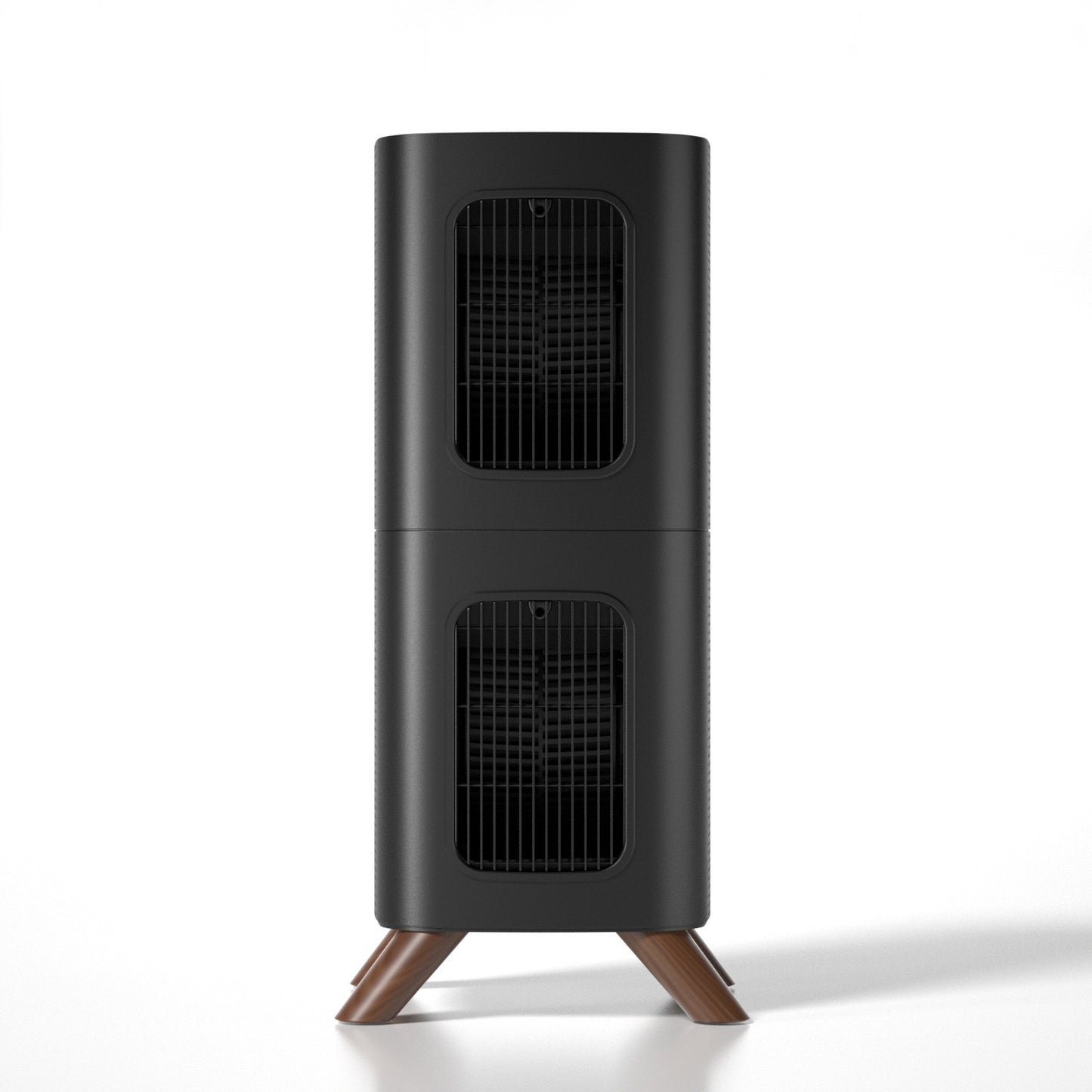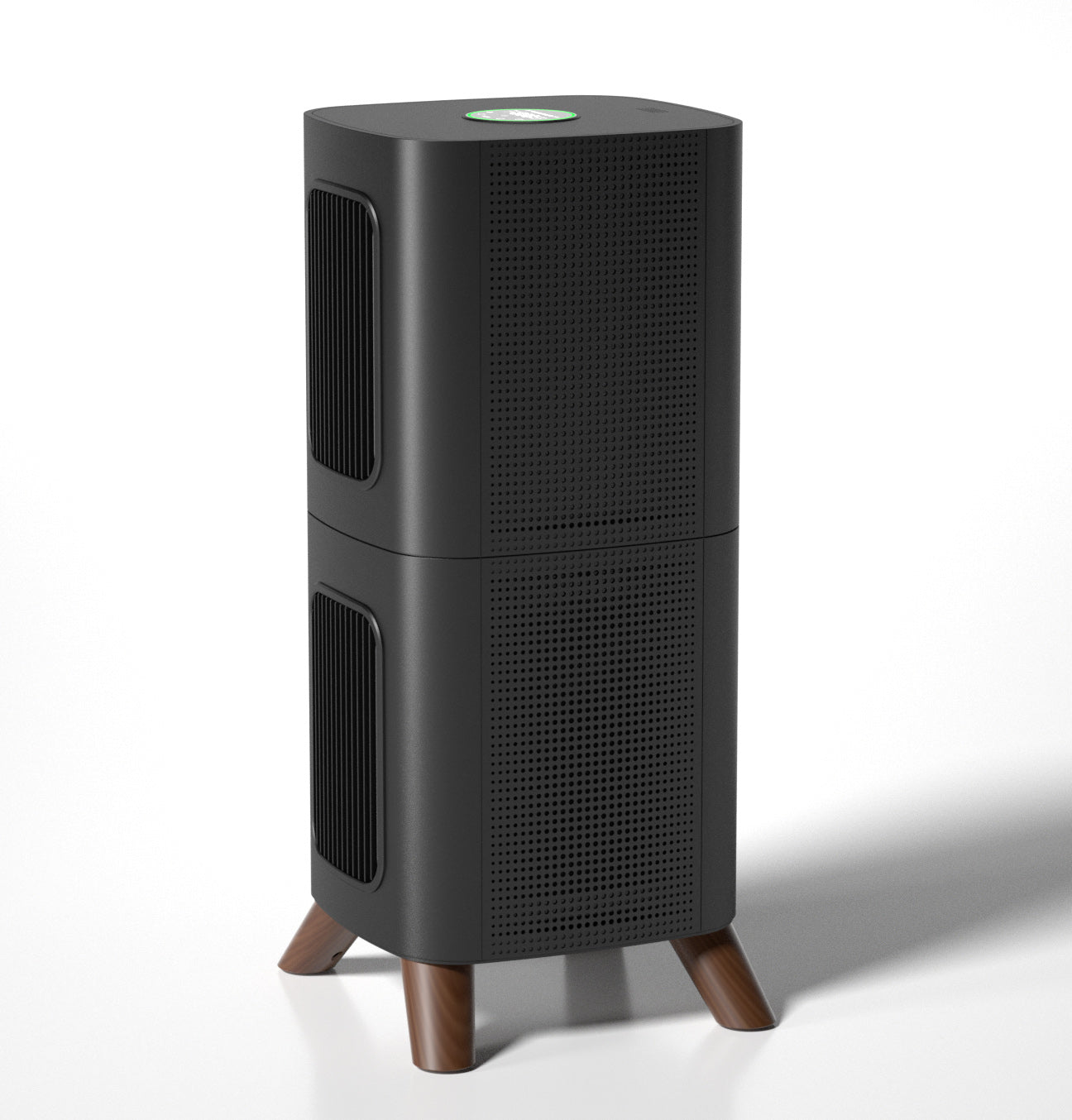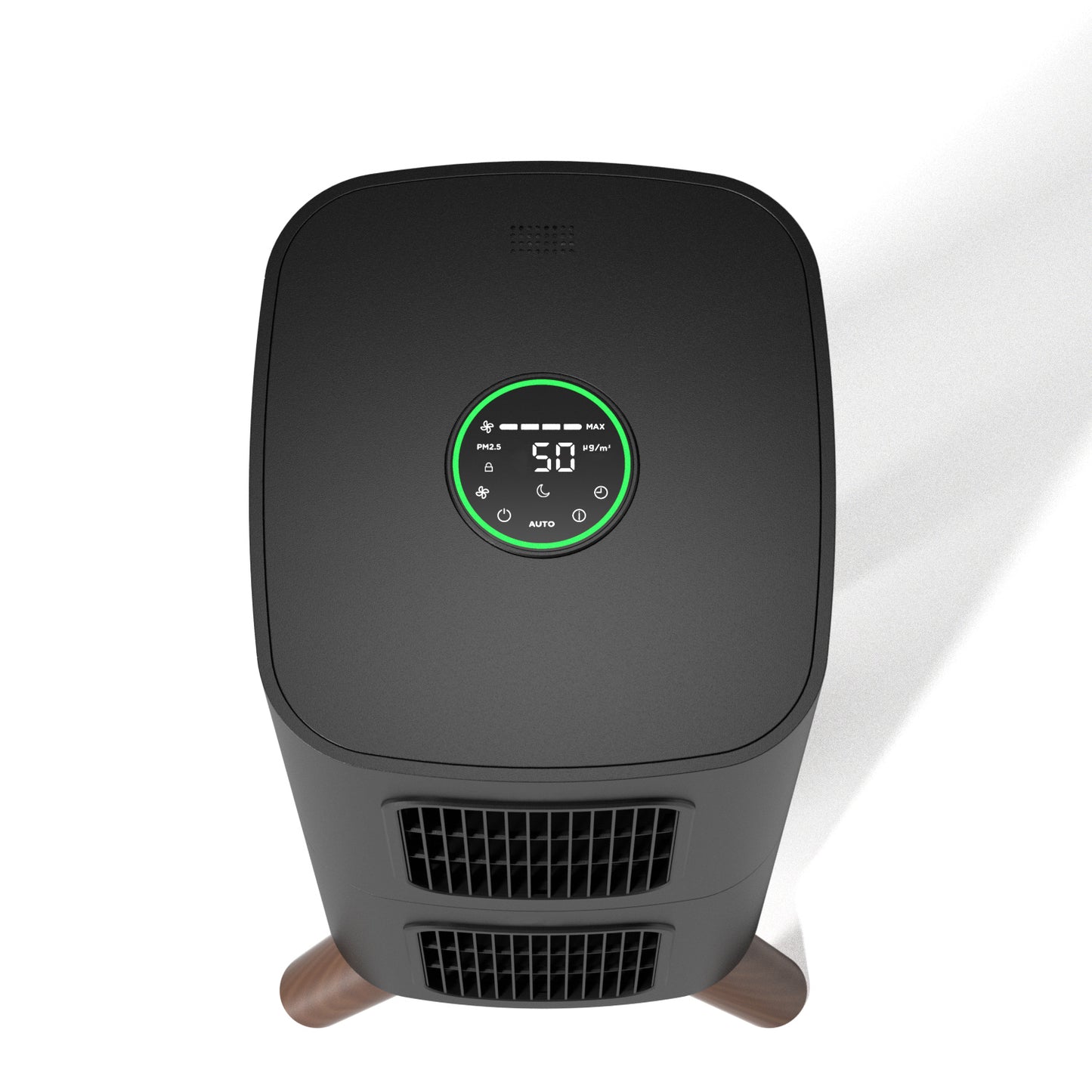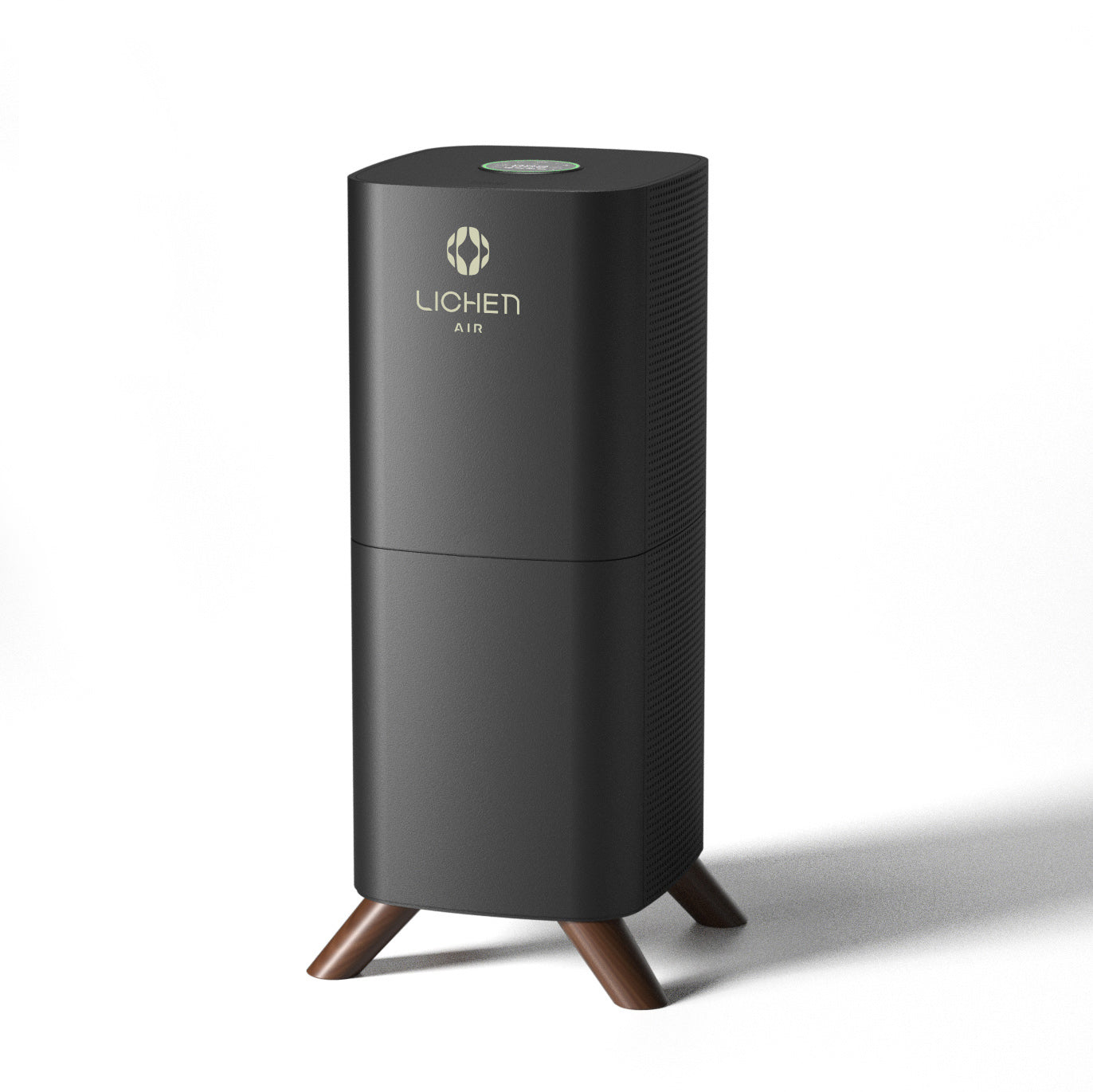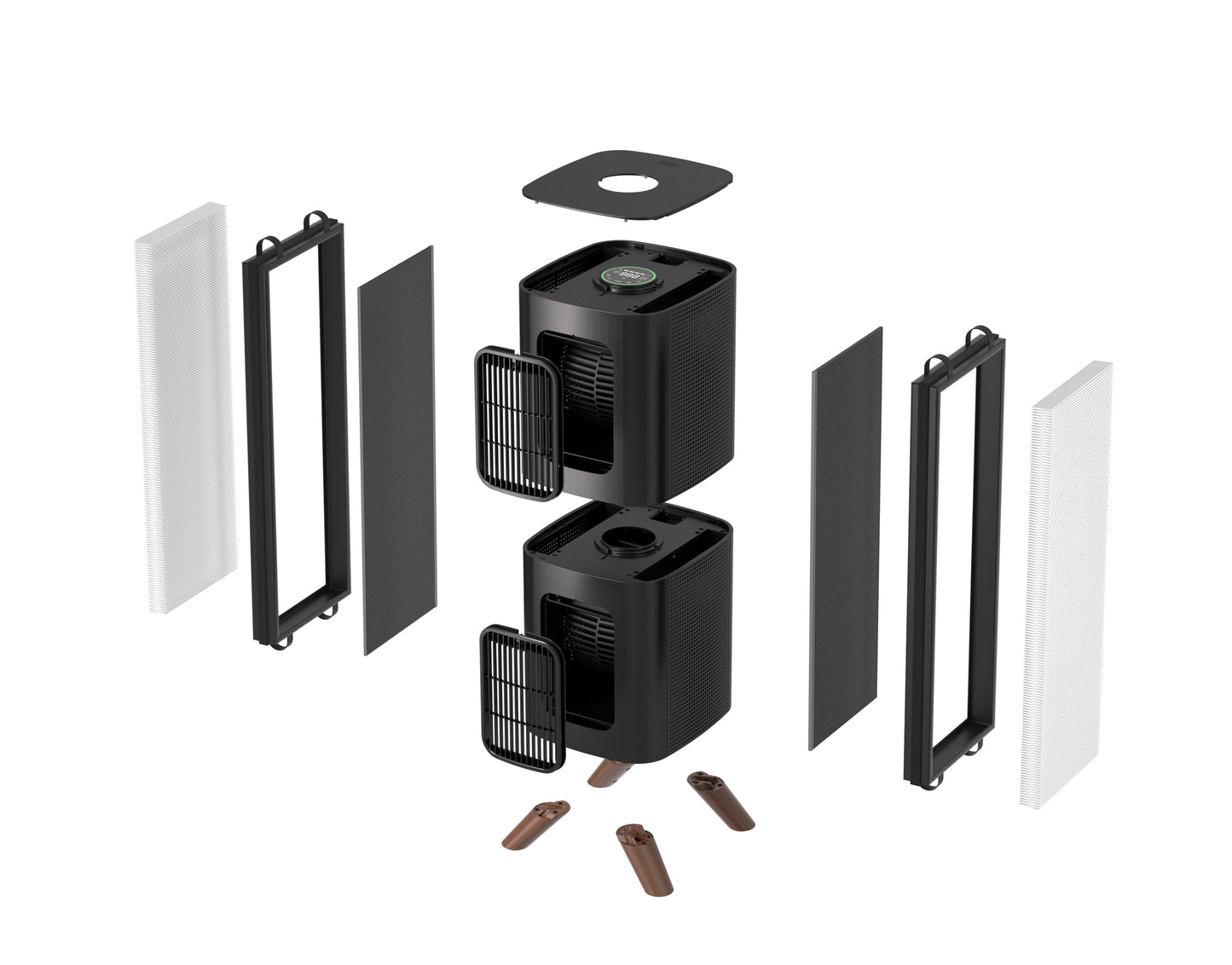
What Air Pollution Does to Children's Brains
Share
The Hidden Risk to Children’s Brains Health
Our early years are among the most transformational for our health. From body to brain, perpetual, rapid and long-lasting change rewires and reprograms our biology. Much focus has recently been placed on the role of diet, psychological trauma and medical interventions in influencing a child’s brain health. However, we’ve largely overlooked the potent and enduring effects of air quality on the developing brain.
It's been well-described, but critical to understand that the modern child grows up in an environment that would be completely foreign to our recent ancestors. Today’s children are subjected to a novel and endless stream of data emanating from smartphones, TVs and auditory channels. But while countless news articles have focused on the role of modern technology in “rewiring” children’s brains for the worse, we’ve often ignored the content they consume through the 20,000 breaths they take a day, which poses a much more significant risk to cognitive and mental health.
Modern-day children, like modern-day adults, spend most of their time indoors (upward of 90%). That includes time in cars, schools, and in their homes. In these spaces, children breathe in whatever is circulating in the local environment. This includes particulate matter (PM), volatile organic compounds (VOCs) and toxic gasses like nitrogen dioxide (NO2), among a range of other air pollutants.
No human benefits from exposure to air pollution. But the effects may be more significant for children. This is because they breathe more air relative to their body size, and that their lungs, immune and nervous system are still actively developing. Exposure to air pollutants is known to rev up inflammation by activating the immune system. It’s also a potent way to increase oxidative stress. Each of these reactions is believed to pose significant risk when it comes to brain health, increasing the odds of everything from depression to brain fog and cognitive problems down the line.
The effects of air pollution on children’s brain function can be seen in the immediacy and in the long-term. In a recent systematic review of 40 articles connecting children’s brain health and air pollution, the following were found:
· Air pollution was associated with reductions brain volume across several regions
· Prenatal exposure to air pollution was linked to a smaller corpus callosum (a part of the brain that connects the two hemispheres) in childhood
· Exposure to air pollution was linked to alterations in epigenetics (markings that govern how our DNA is used)
· Higher air pollution was linked to lower levels of brain-derived neurotrophic factor (BDNF), a key molecule for brain plasticity
· Morr exposure to air pollution is linked to structural and vascular damage to the brain in autopsy studies.
In addition to these biological changes, air pollution exposure is known to increase the odds for a host of negative psychological, cognitive and behavioral outcomes in children. These include:
· Higher rates of attention-deficit/hyperactivity disorder
· Lower intelligence quotient
· More behavioral issues related to delinquent and aggressive behavior
· Worse depression scores in adolescents
· Higher rates of depression years after exposure
· More violent behavior in schools
The sum of this research indicates that prioritizing clean air for children (and for pregnant mothers) is an essential way to protect the brain health of children. Some of the most important strategies to help accomplish this include:
Increased monitoring of air quality inside our homes, schools, and other indoor spaces.
Use of ventilation strategies whenever possible. This includes opening windows (when the outdoor air is clean), venting stovetops and ensuring good airflow in indoor spaces.
Decreased use of products that produce VOCs and other air pollutants indoors. This includes candles, incense, air fresheners, certain cleaning supplies, paints, and certain furniture
Installing high-quality HVAC systems and regularly replacing MERV filters. An HVAC with a MERV filter that is rated for 13 or above can effectively remove a considerable proportion of particulate matter. In order for this to be efficient, MERV filters need to be regularly replaced and the HVAV system must be capable of handling a more powerful MERV filter.
Use of HEPA air purifiers. While air purifiers are readily available online and in stores, those with true HEPA filtration technology and large room capacity are best suited for the removal of the smaller particulate matter linked to worse brain health outcomes at scale. A HEPA 13 or 14 filtration system will remove 99.95 to 99.995% of particles to 0.3 microns, respectively.
For additional resources and conversation on this topic, the Harvard Center on the Developing Child’s recent publication Air Quality Affects Early Childhood Development and Health provides an excellent in-depth review.
A version of this article appeared on Psychology Today


